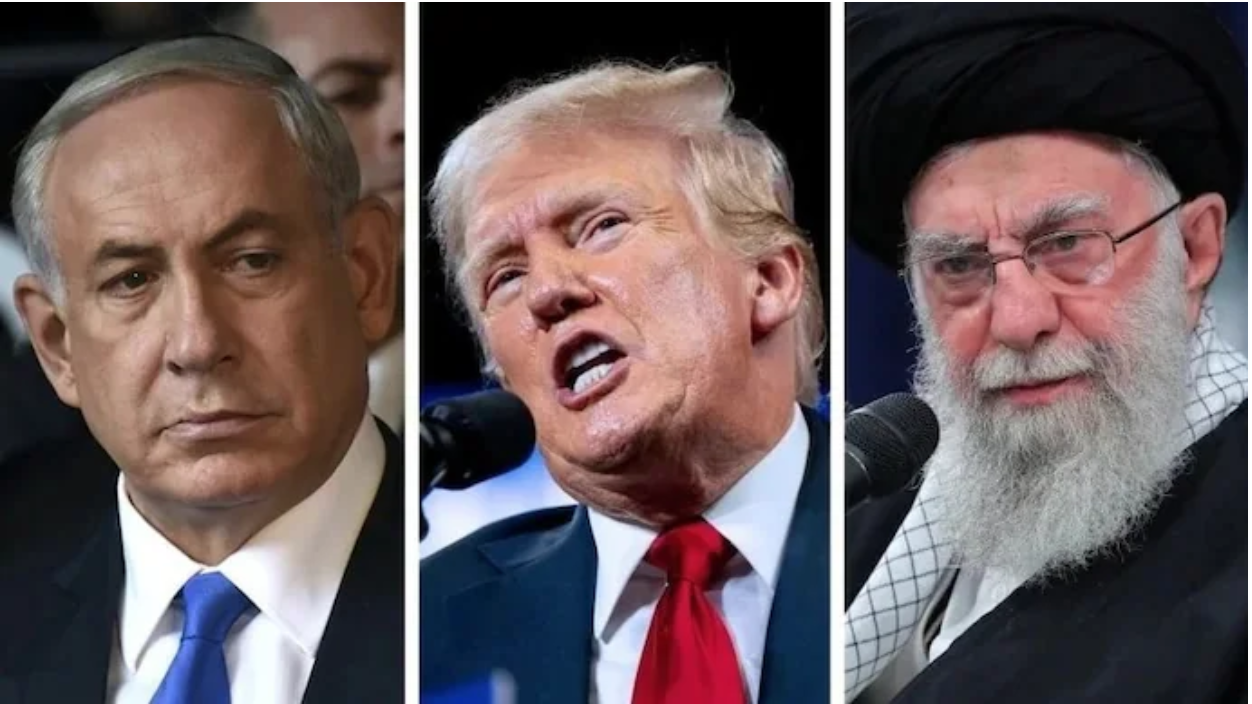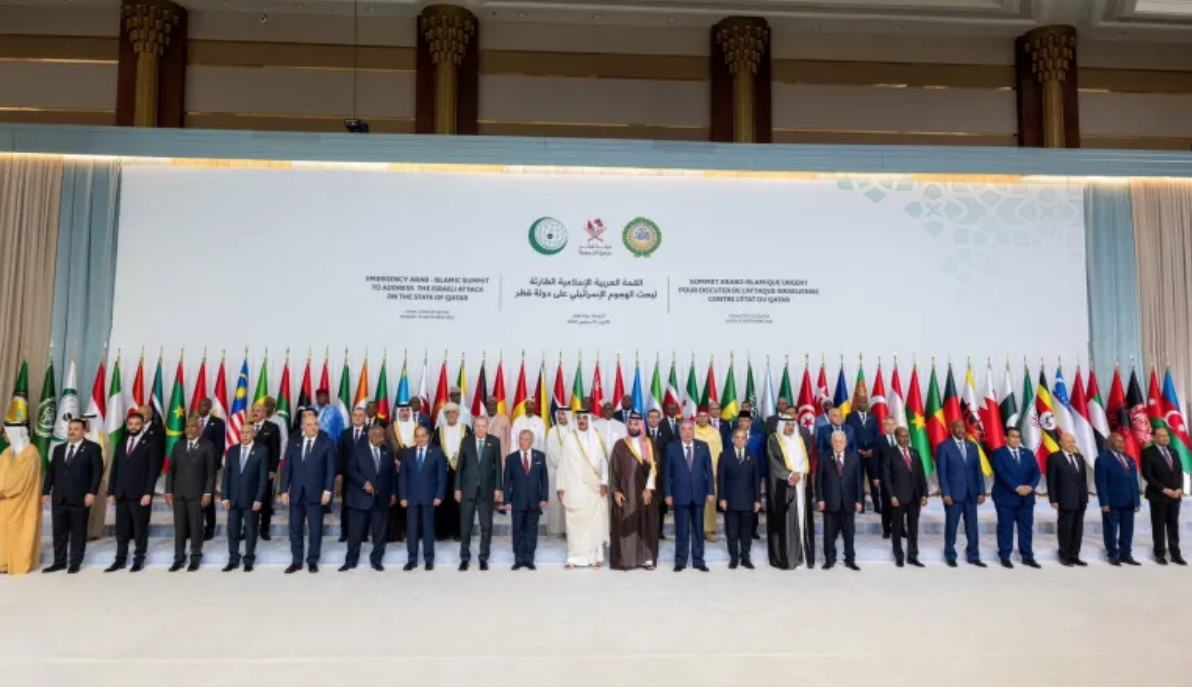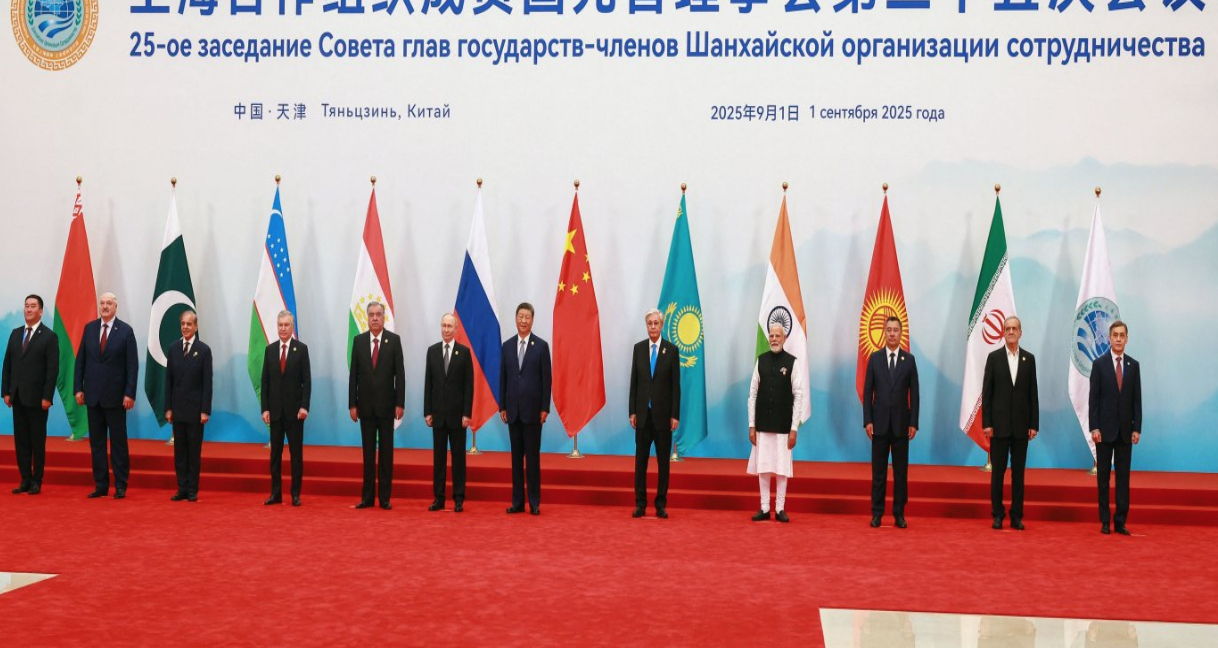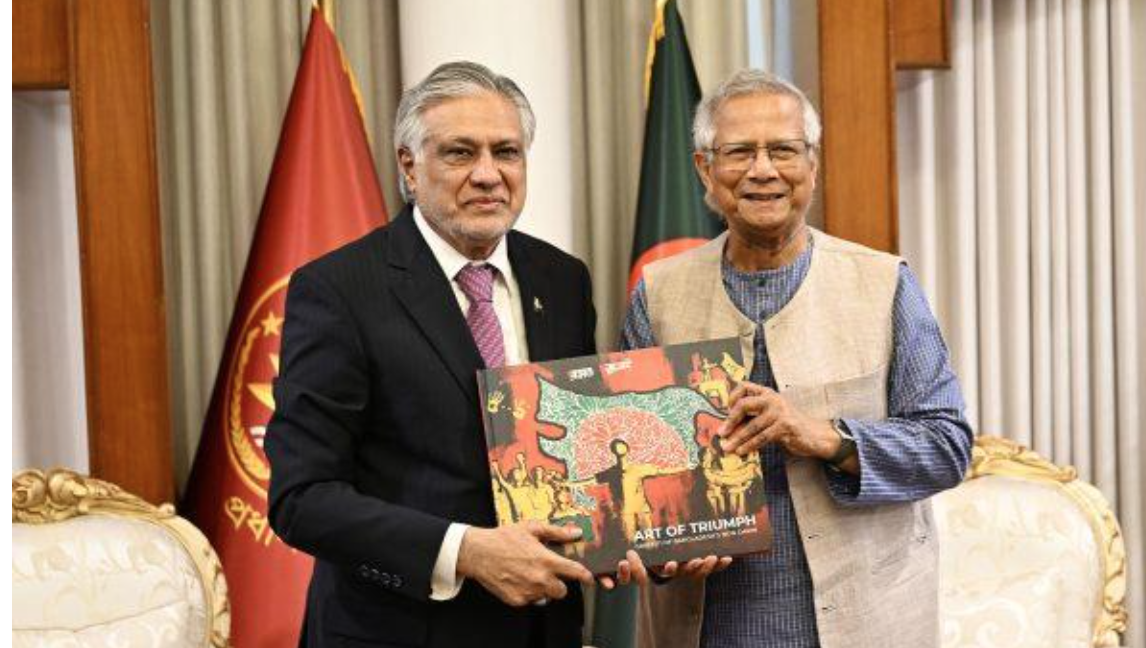In 2025, renewed efforts to revive negotiations between the United States and Iran over Tehran’s nuclear programme have generated cautious optimism, but a closer look suggests the risk of another diplomatic failure is high. The recent rounds of indirect talks, mediated by third parties such as Oman, culminated in an agreement to reconvene and focus on limiting uranium enrichment, inspections, and sanctions relief. Yet, in the wake of revived sanctions by the European E3 (Britain, France, Germany) via the “snapback” mechanism, Iran has responded by effectively suspending further negotiation and declaring that cooperation with the IAEA (International Atomic Energy Agency) is “no longer relevant.”
The Return of Maximalist Posturing
From the outset, both sides have re-entered the diplomatic arena with deeply entrenched red lines. The US, following past experience, demands verifiable rollback of enrichment and full restoration of IAEA access; Iran insists on the lifting of all sanctions and recognition of its right to peaceful enrichment. Tehran has openly rejected immediate resumption of talks under the current punitive regime, signalling that it will monitor Western actions before fully reengaging. Meanwhile, Iran’s Supreme Leader has publicly expressed low expectations about the talks’ outcomes.
Structural Challenges to a Durable Deal
Observers argue that diplomacy alone, without credible pressure or leverage, is unlikely to compel Iran to accept the level of constraints demanded by its adversaries. The 2015 JCPOA experience has left scars: loopholes and ambiguities in inspection rights, delayed snapbacks of sanctions, and divergence over enforcement eroded trust. In 2025, the military dimension has reemerged: US and Israeli strikes on Iran’s nuclear sites have heightened insecurity and hardened Iranian resolve.
Verification and enforcement mechanisms remain deeply disputed. Who monitors compliance? How to respond to violations? What guarantees can prevent a party from exploiting a ceasefire or suspension window? These questions remain unresolved.
Strategic Calculations and Diplomatic Dilemmas
From the floor’s perspective, discussion turned to the underlying incentives and risk calculations driving both sides. Some noted that Iran’s domestic economic woe under sanctions and internal mismanagement gives it reason to seek relief. Others countered that Iran’s strategic posture and regional ambitions may outweigh near-term economic pressure. The US, meanwhile, must balance between pressing for a stronger agreement and avoiding the risk of further escalation or military backlash. The question arises: are negotiators seeking a robust, enforceable deal or a temporary façade that could unravel?
Participants reflected on the possibility of limited, interim deals: temporary pauses, sectoral limitations, or freeze agreements tied to sanctions relief etc. as stepping stones toward broader accord. Yet the fear was that such arrangements could become loopholes exploited by either party, undermining the legitimacy of the entire process. The need for independent inspections, phased rollback, and irreversible mechanisms was viewed as essential to prevent another collapse.
Concluding Reflections: Fiasco or Forging a Path?
The current US-Iran nuclear diplomacy appears caught between hope and history. While there is genuine impetus for negotiation, structural distrust, maximalist posturing, and renewed militarised pressure threaten to derail progress. The recent snapback of sanctions and Iran’s suspension of IAEA cooperation suggest that Tehran may be recalibrating its engagement posture and waiting for better terms or international shift before committing further.
If negotiations proceed without robust verification architecture, credible enforcement, and clearly defined red lines, the risk is high that this round will collapse like many before. The lesson from past years: a deal without substance is worse than none as it breeds cynicism and accelerates escalation. Yet, failure is not preordained. With careful diplomacy, calibrated incentives, and international buy-in, it remains possible to salvage a roadmap that reduces risk while preserving diplomatic credibility.
In sum, the current climate suggests that the US-Iran nuclear talk is teetering on the edge of another fiasco unless parties can overcome their legacies of mistrust and negotiate with realism, restraint, and durable safeguards.





